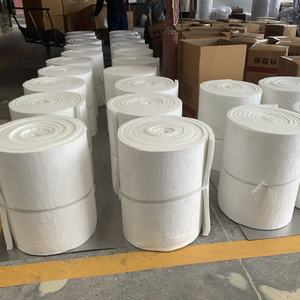Professional industry ceramic supplier, silicon nitride, silicon carbide, aluminum nitride and any other kinds of ceramics.
PRODUCT PARAMETERS
Description
Overview of Low-heat-capacity Kaowool ceramic fiber module industrial paper
Low-heat-capacity Kaowool ceramic fiber module industrial paper is a lightweight, high-temperature insulation material composed primarily of alumina-silica. It is manufactured through a melting and spinning or blowing process, resulting in a flexible, wool-like textile. This material is engineered to provide exceptional thermal management, conserving energy and protecting equipment in extreme temperature environments across various industries.
Features of Low-heat-capacity Kaowool ceramic fiber module industrial paper
-
Excellent Thermal Stability: Withstands continuous operating temperatures up to 1260°C (2300°F) and higher for certain grades, with minimal shrinkage.
-
Low Thermal Conductivity: Provides highly efficient insulation, reducing heat loss and improving energy efficiency.
-
Lightweight & Low Heat Storage: Offers low thermal mass, enabling rapid heat-up and cool-down cycles for improved process control and energy savings.
-
Thermal Shock Resistance: Highly resistant to damage from rapid temperature changes.
-
Excellent Flexibility & Resilience: Can be fabricated into blankets, boards, papers, and textiles to fit complex shapes and applications.
-
Good Chemical Stability: Resists attack from most corrosive agents, except strong alkalis and hydrofluoric acid.
Specification of Low-heat-capacity Kaowool ceramic fiber module industrial paper
Here’s the specification overview for Low-heat-capacity Kaowool ceramic fiber module industrial paper:
This industrial paper is made from Kaowool ceramic fiber. It’s designed for high-temperature insulation jobs. The key feature is its very low heat capacity. This means it heats up fast. It also cools down quickly. This saves energy during heating and cooling cycles in industrial ovens or furnaces.
The paper handles extreme heat well. Its maximum continuous use temperature is 2300°F (1260°C). It stays stable at this heat for long periods. It resists sudden temperature changes too. This thermal shock resistance prevents cracking or damage.
Its low thermal conductivity is crucial. This property effectively stops heat loss. It keeps heat inside the equipment. This improves energy efficiency. Less fuel is needed to maintain process temperatures. Operating costs go down.
The material density is carefully controlled. It provides strong insulation performance. It maintains structural integrity under heat. The typical thickness options are 1/8 inch (3mm) and 1/4 inch (6mm). Other thicknesses can be custom made. Widths are usually 24 inches (610mm) or 48 inches (1220mm). Rolls are the standard form.
Chemical resistance is another benefit. It withstands most corrosive atmospheres found in industrial settings. It doesn’t melt. It offers good resistance to acids and alkalis. This ensures long service life in harsh environments.
The paper is flexible and easy to handle. Workers can cut it easily. They can shape it on-site. Installation is simple. It fits complex geometries well. It forms good seals against heat leaks. This material is also lightweight. It puts minimal stress on furnace structures. Its low heat storage contributes directly to faster process start-ups. Production cycles become shorter.
Applications of Low-heat-capacity Kaowool ceramic fiber module industrial paper
Kaowool ceramic fiber module industrial paper provides strong insulation where heat matters. This material handles very high temperatures well. It holds very little heat itself. This low heat capacity is its main benefit.
Heating things up fast saves energy and time. This insulation heats up quickly. It does not soak up much heat energy first. Your furnace or oven reaches working temperature faster. Less energy gets wasted bringing the insulation mass up to heat. You save money on fuel costs every cycle.
Workers install this module paper easily. It comes in flexible sheets or pre-formed shapes. Cutting and fitting it takes little effort. It conforms to complex surfaces like pipes or curved furnace walls. Installation happens fast. This reduces downtime during maintenance or new builds.
The material withstands extreme heat reliably. It stays stable and insulating long-term. Thermal shock does not damage it. Sudden temperature changes are fine. This durability means less frequent replacement. Your insulation keeps performing year after year.
Many industries use this Kaowool module paper. Furnace linings benefit greatly. Boilers and heaters need efficient insulation. Pipes carrying hot gases or liquids stay hotter longer with less heat loss. Kilns and ovens operate more efficiently. Anywhere high heat exists, this paper helps contain it. Energy savings add up significantly over time. Safety improves too. Workers face less risk from extreme external surface temperatures.
Company Profile
Tanki New Materials Co.Ltd. focus on the research and development, production and sales of ceramic products, serving the electronics, ceramics, chemical and other industries. Since its establishment in 2015, the company has been committed to providing customers with the best products and services, and has become a leader in the industry through continuous technological innovation and strict quality management.
Our products includes but not limited to Aerogel, Aluminum Nitride, Aluminum Oxide, Boron Carbide, Boron Nitride, Ceramic Crucible, Ceramic Fiber, Quartz Product, Refractory Material, Silicon Carbide, Silicon Nitride, ect. please feel free to contact us.

Payment Methods
T/T, Western Union, Paypal, Credit Card etc.
Shipment Methods
By air, by sea, by express, as customers request.
5 FAQs of Low-heat-capacity Kaowool ceramic fiber module industrial paper
What is Kaowool low-heat-capacity ceramic fiber module paper?
It’s a special insulation material. We make it from spun ceramic fibers. These fibers form a flexible paper-like sheet. It handles very high temperatures well. People use it inside industrial furnaces and heaters. Its main job is stopping heat loss.
Why does low heat capacity matter?
Heat capacity means how much heat energy the material itself holds. Low heat capacity is good. The material heats up fast. It cools down fast too. This saves energy. Furnaces reach working temperature quicker. Less fuel gets wasted heating the insulation itself. Production cycles can be faster.
Where is this module paper typically used?
You find it lining many high-temperature spots. Examples include furnace walls, kiln roofs, and exhaust systems. It’s common in steel plants, foundries, and glass factories. It fits places needing thin, effective insulation. People also use it as a gasket or seal. It fills gaps in hot equipment.
How does it save energy?
The ceramic fibers trap air. Air is a poor heat conductor. This stops heat moving through the material. Less heat escapes the furnace. Less fuel burns to keep the temperature steady. The low heat capacity helps too. Less energy goes into warming the lining. More energy goes into the process. This cuts operating costs.
Is installation difficult?
No, it’s generally simple. The module paper is flexible. Workers cut it easily with knives or shears. They layer it between hot equipment shells and the main insulation modules. Sometimes they compress it slightly. It conforms to shapes well. Special high-temperature adhesives or mechanical fasteners hold it securely. This speeds up furnace repairs and construction.
REQUEST A QUOTE
RELATED PRODUCTS
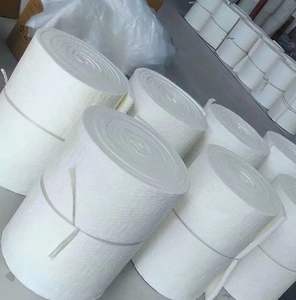
Ceramic fiber cloth, woven textile for fireproof insulation in fire-resistant applications
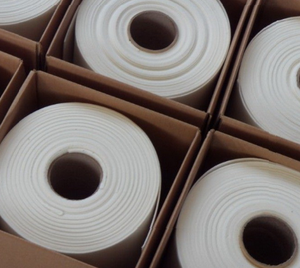
2-inch ceramic fiber board
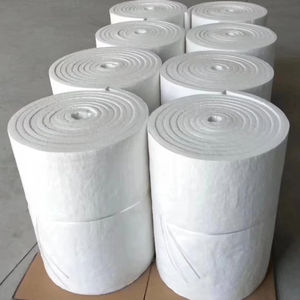
High-temperature quartz fiber wool, low-dielectric ceramic fiber with high osmotic wave and chemical resistance.
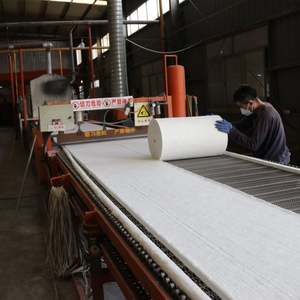
Cost-effective thermal insulation Ceramic Fiber cloth, HaCeramic Fiber blanket
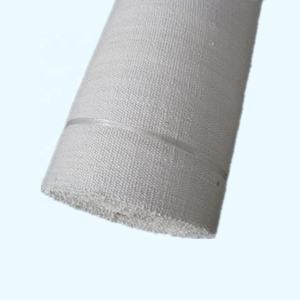
Biosoluble ceramic fiber textiles, bio- and biofrax thermal insulation, biosoluble fiber yarn
